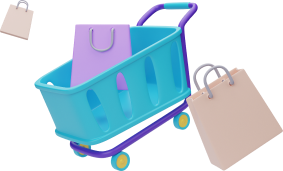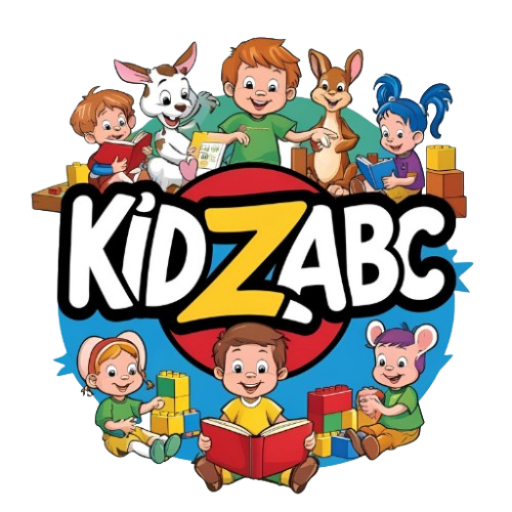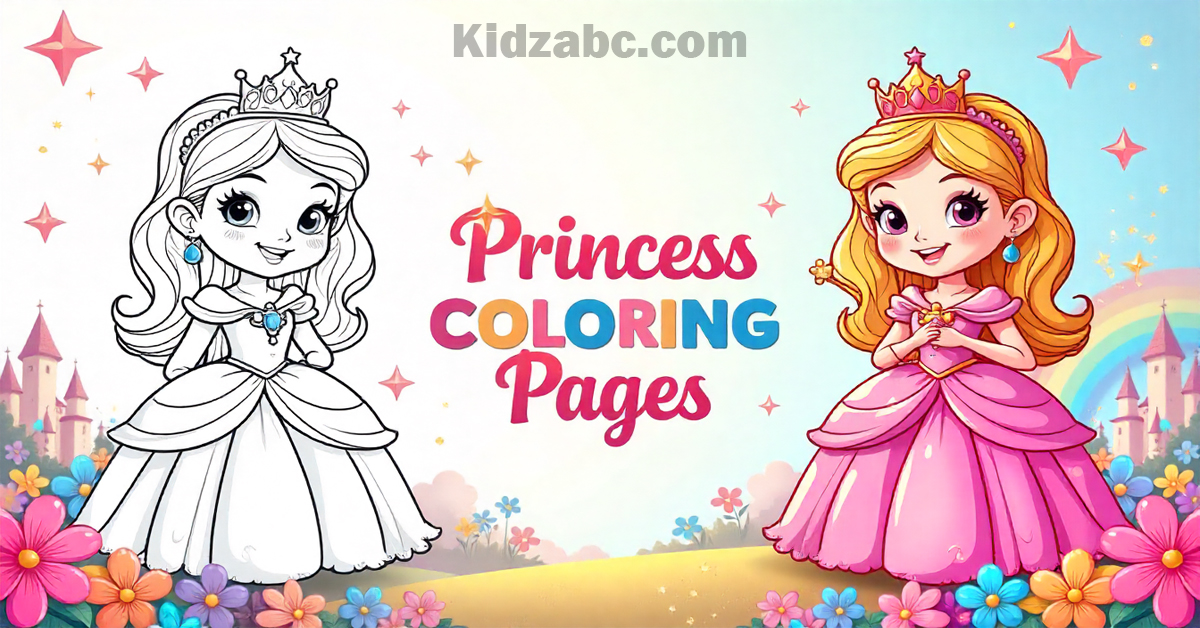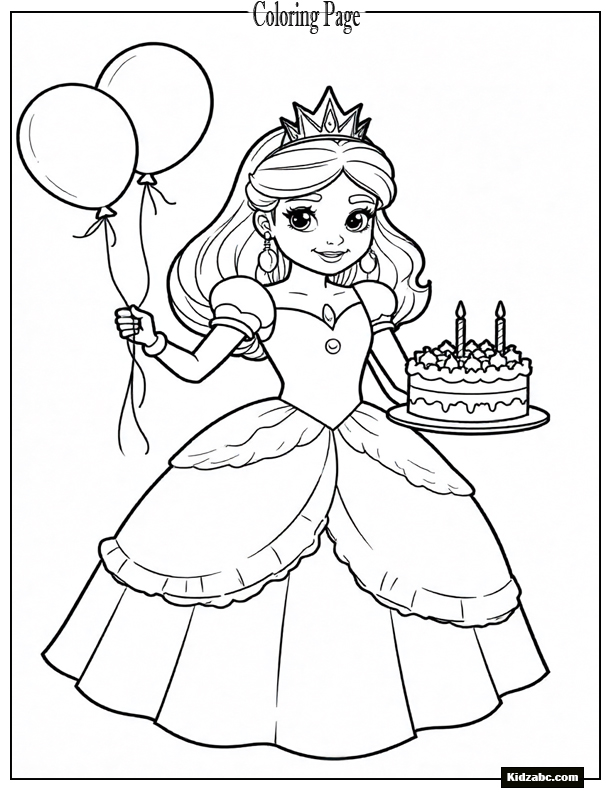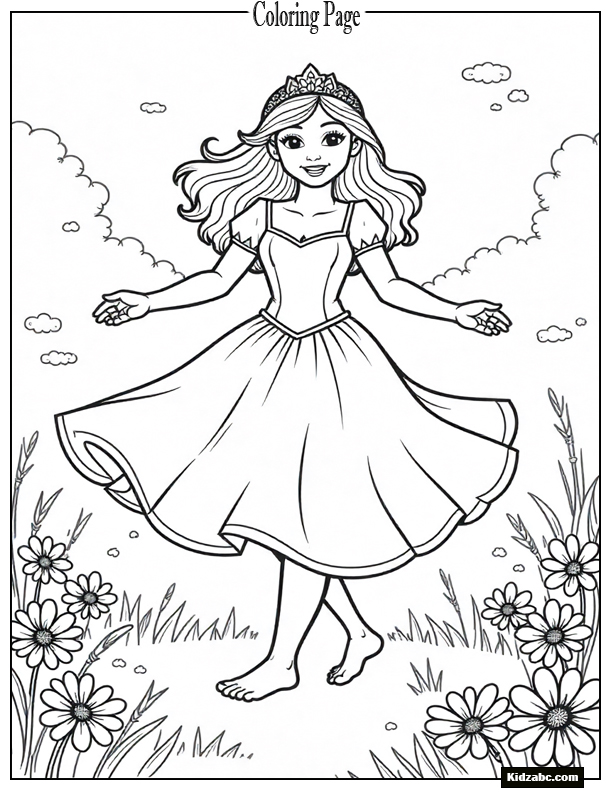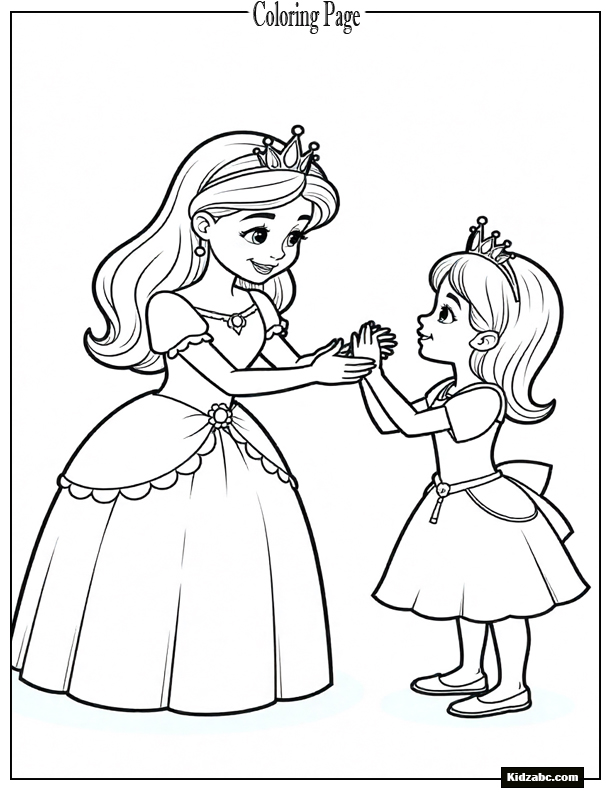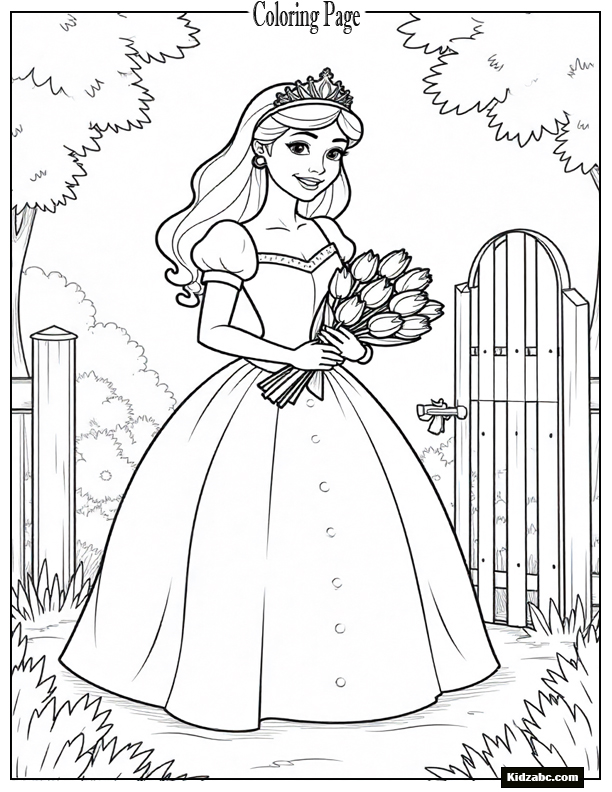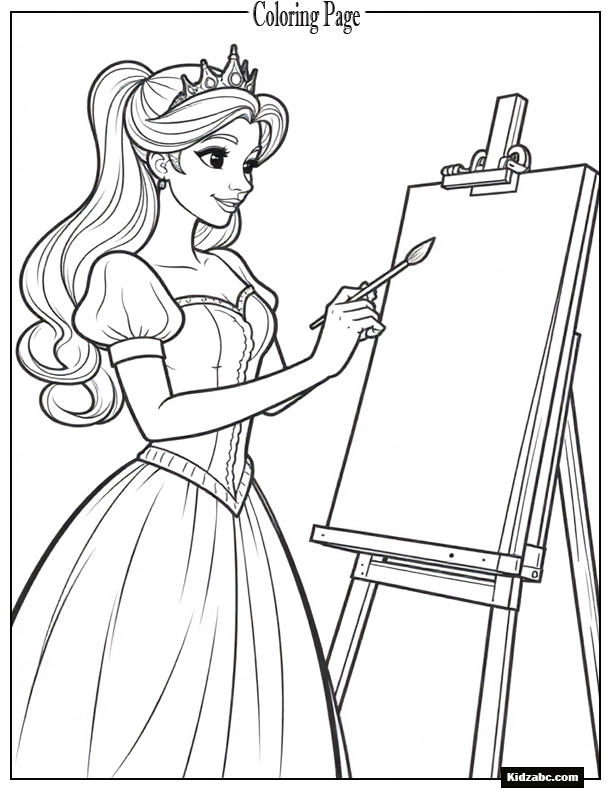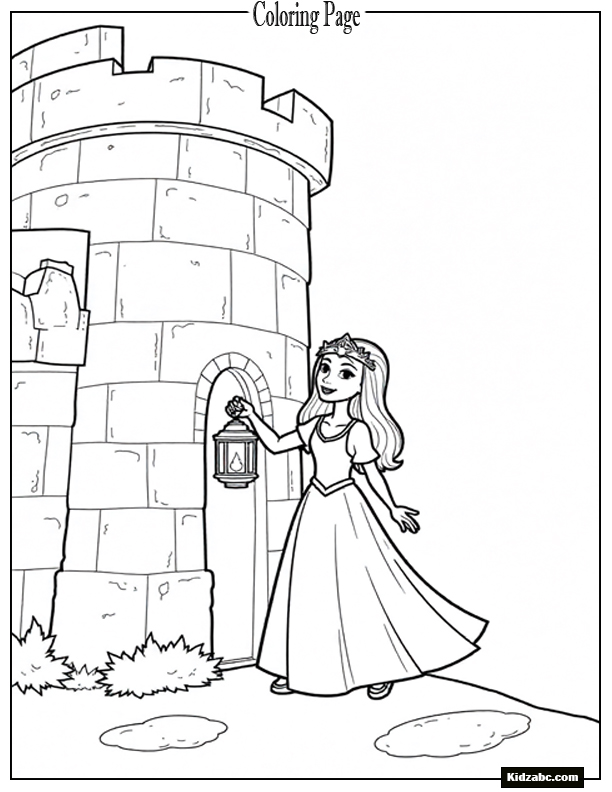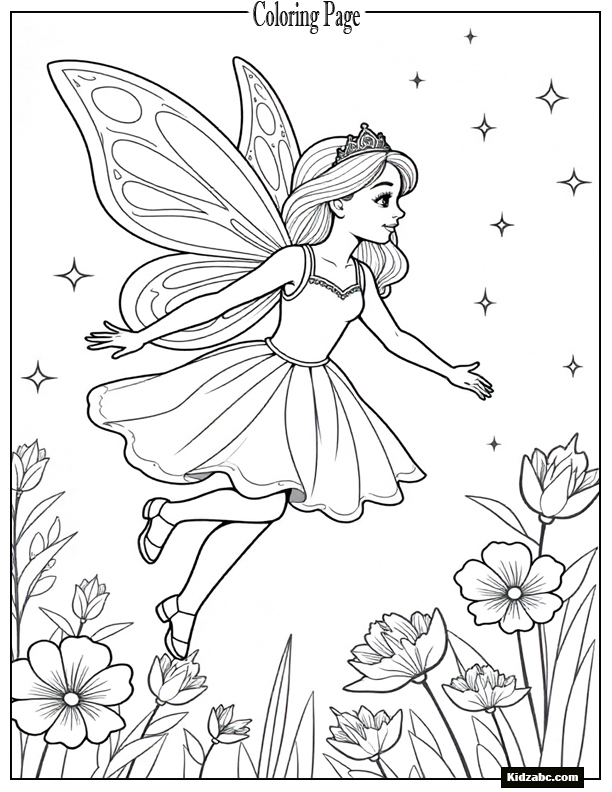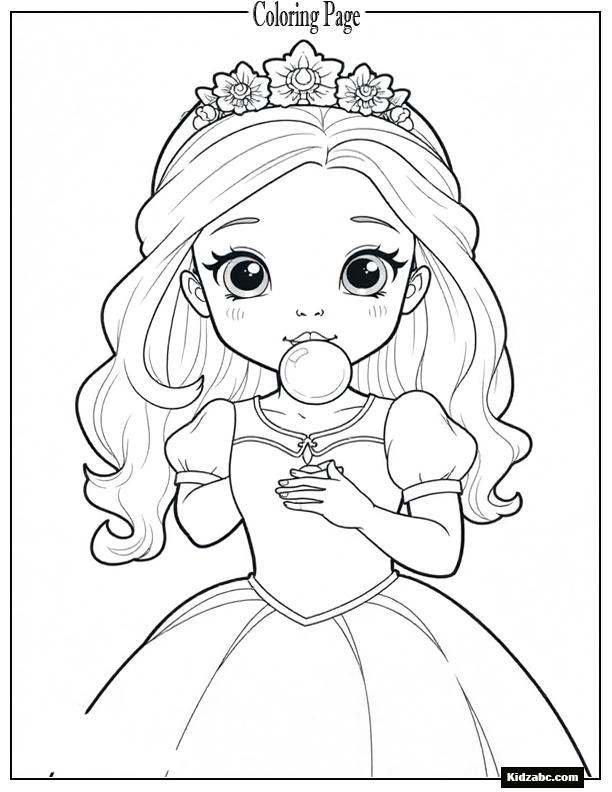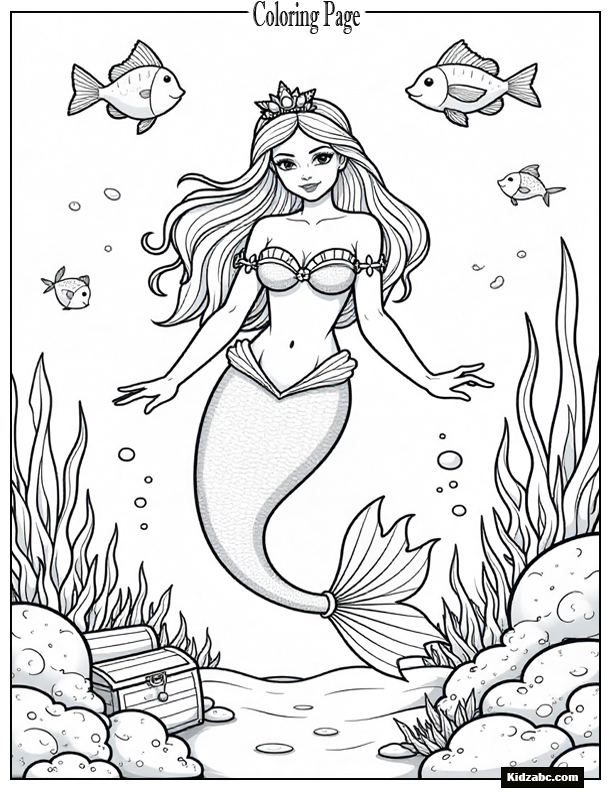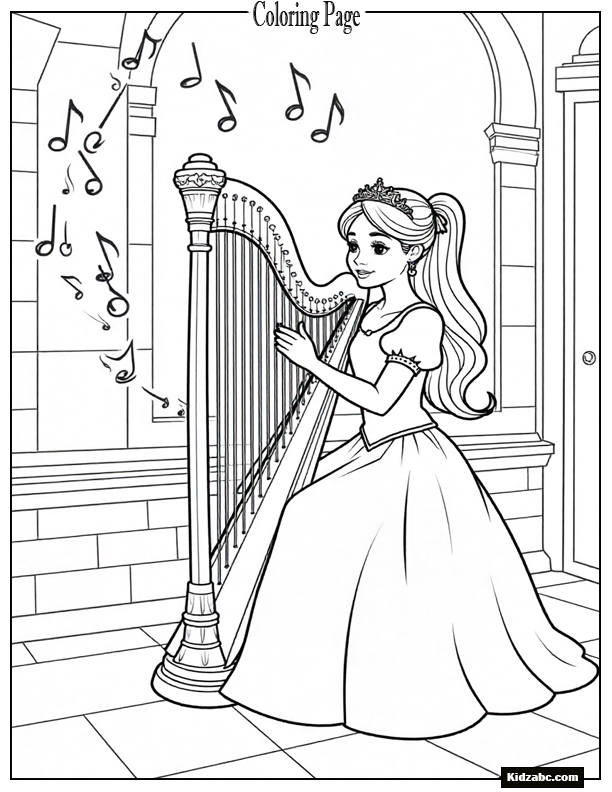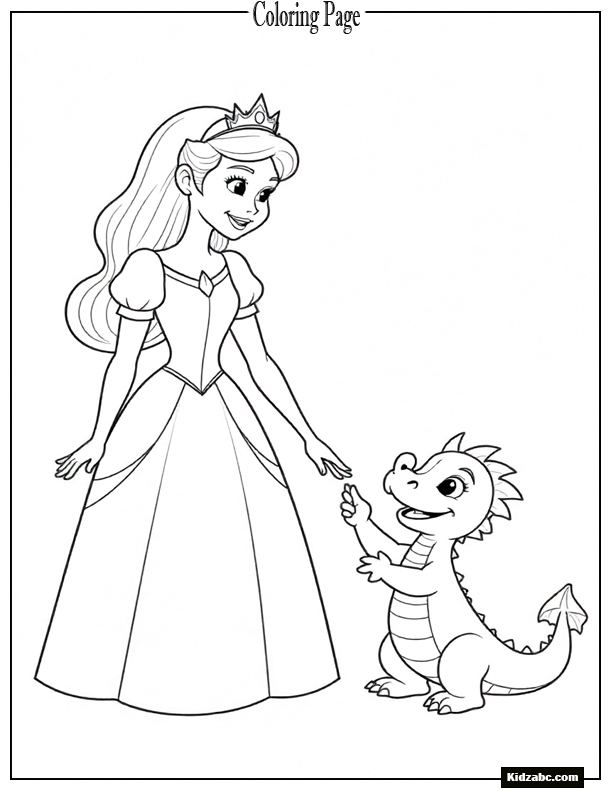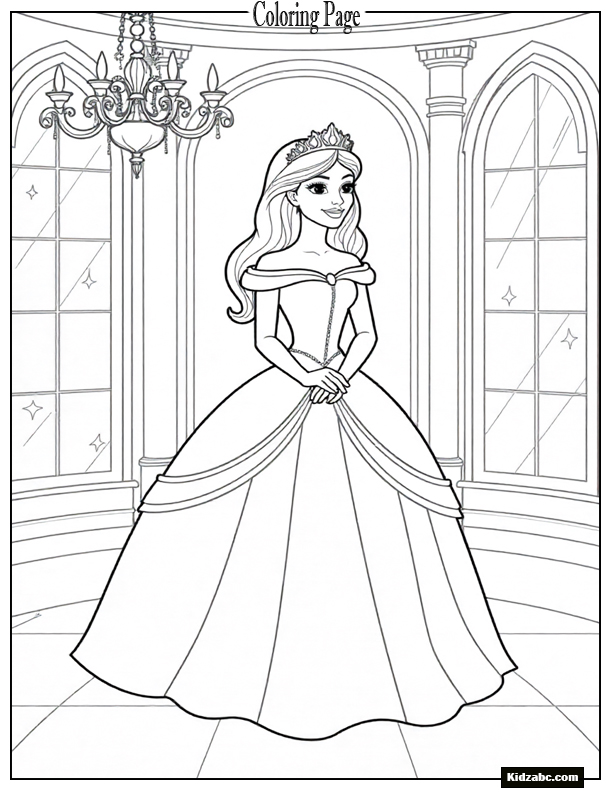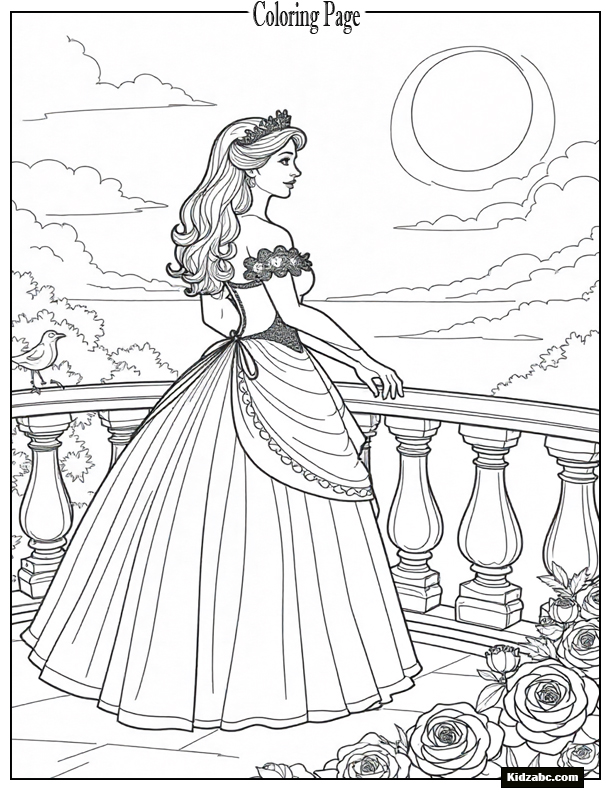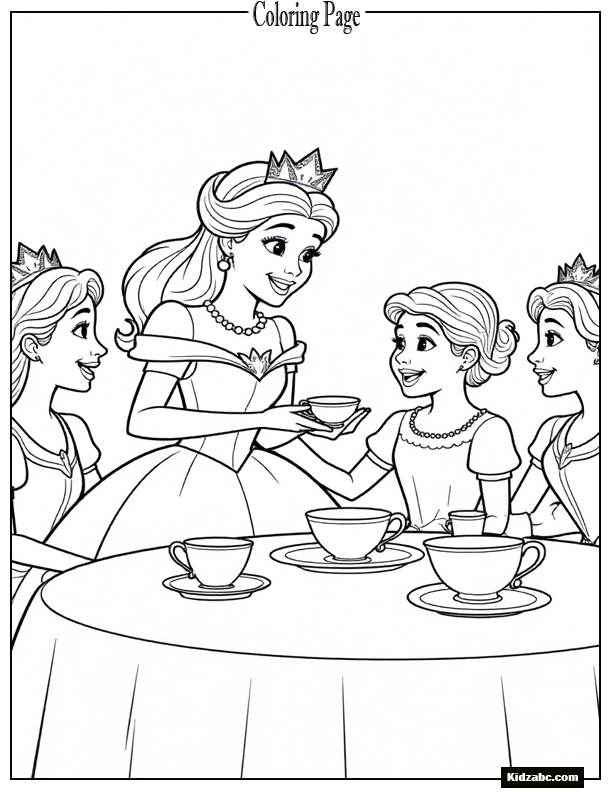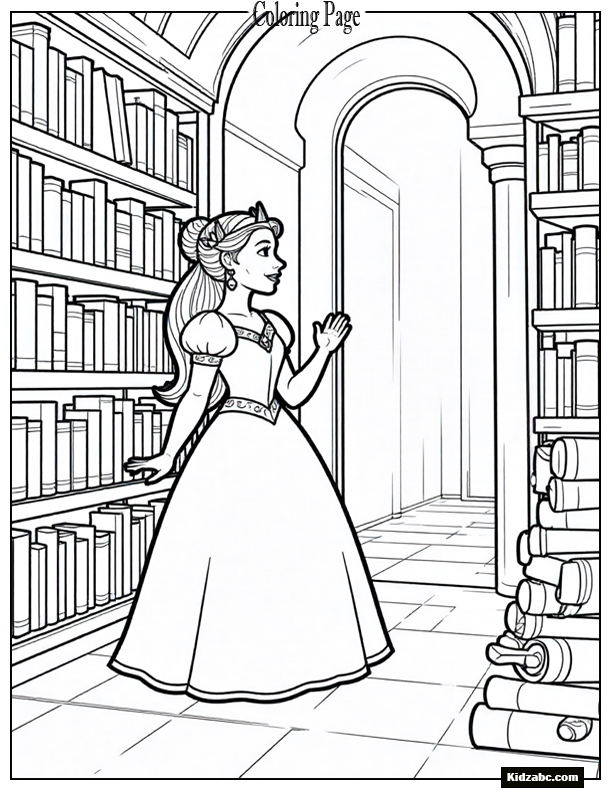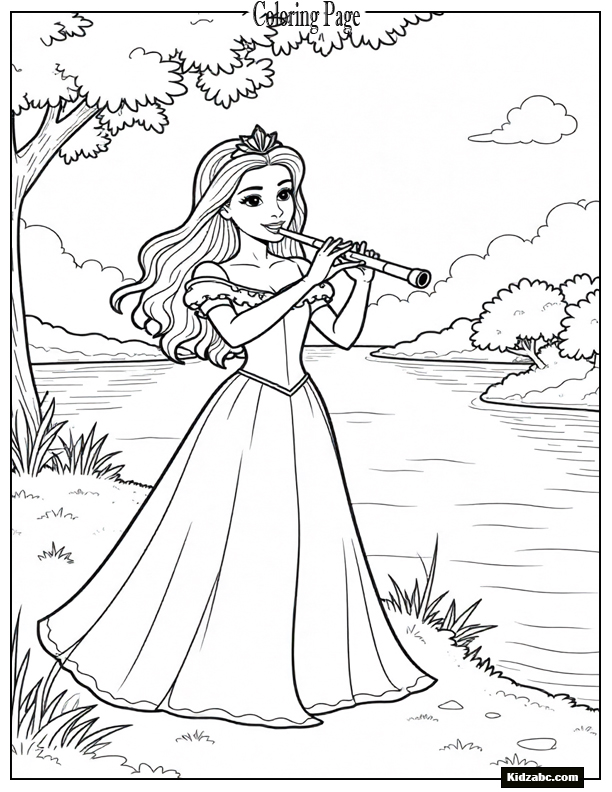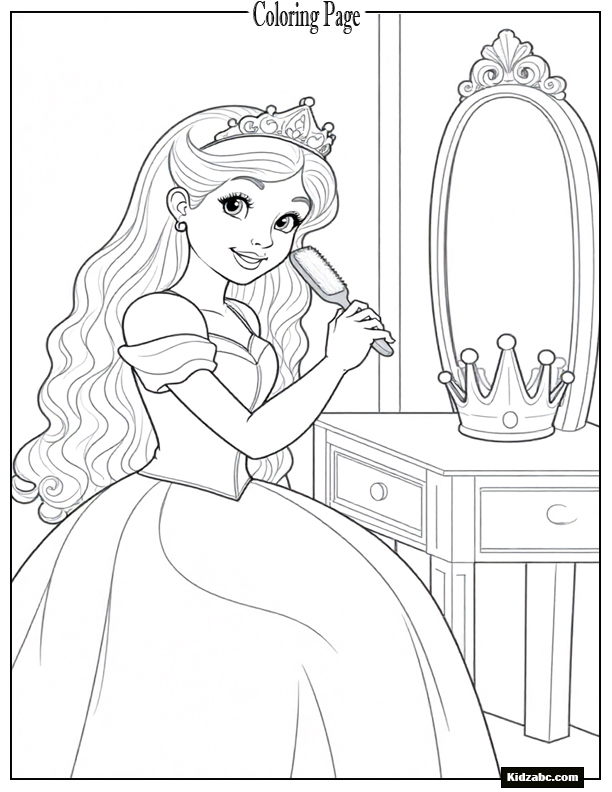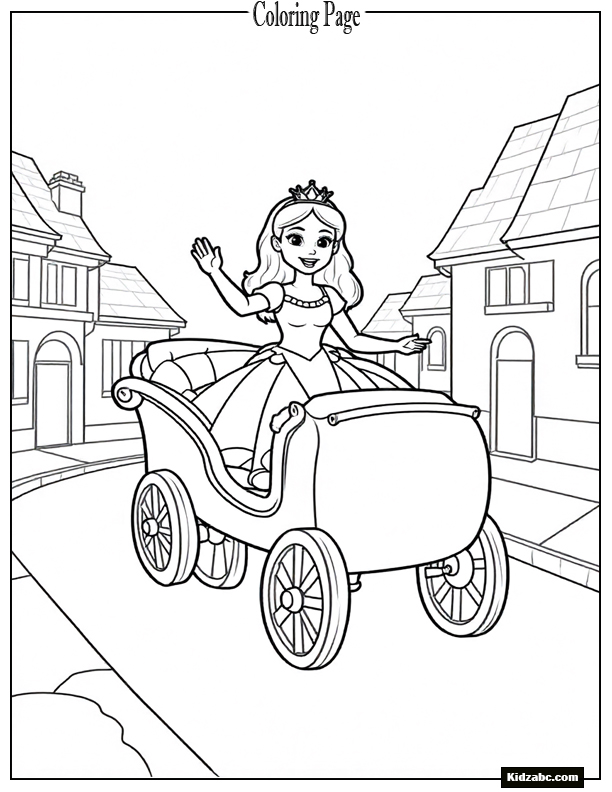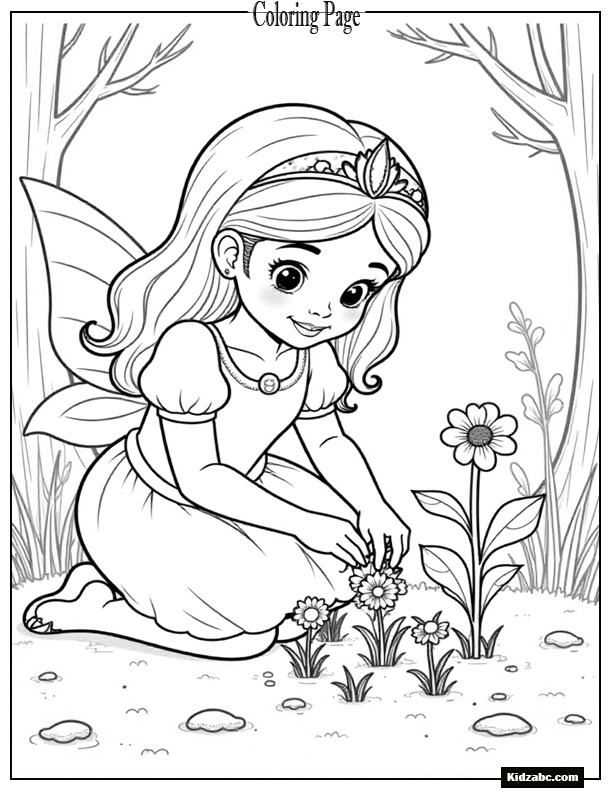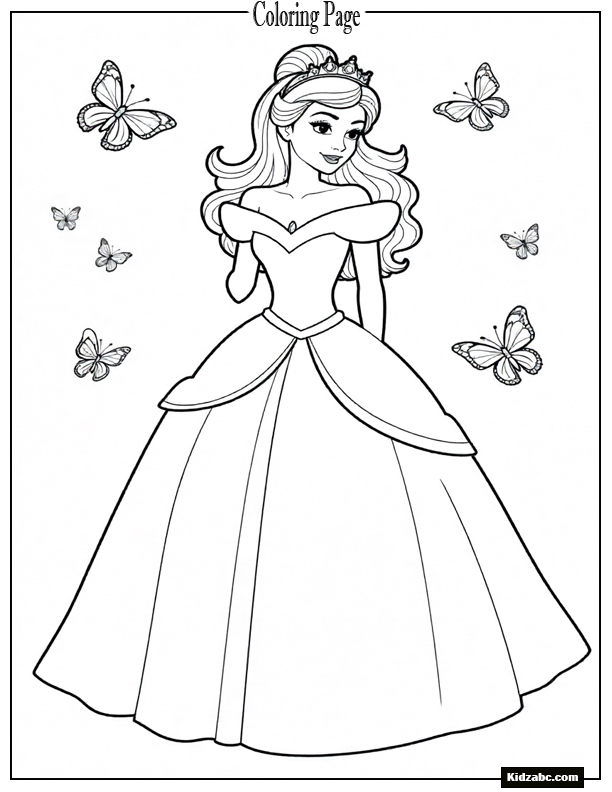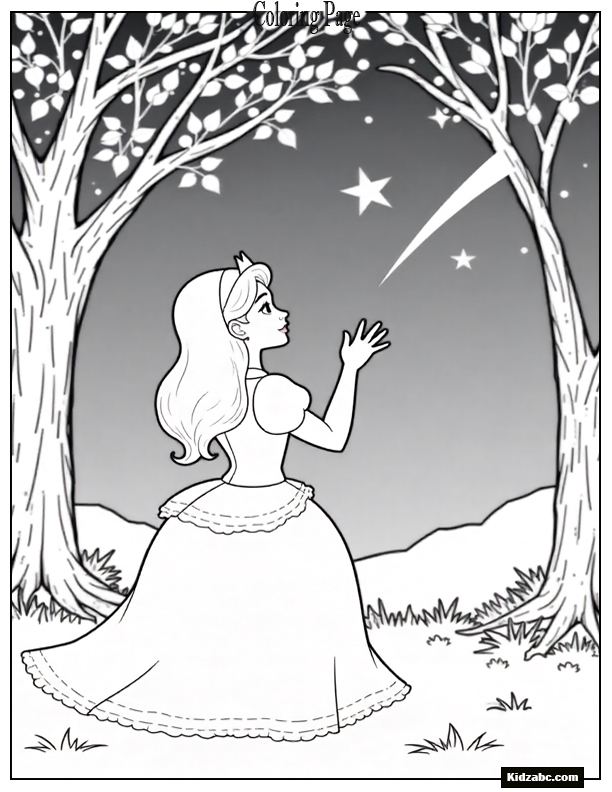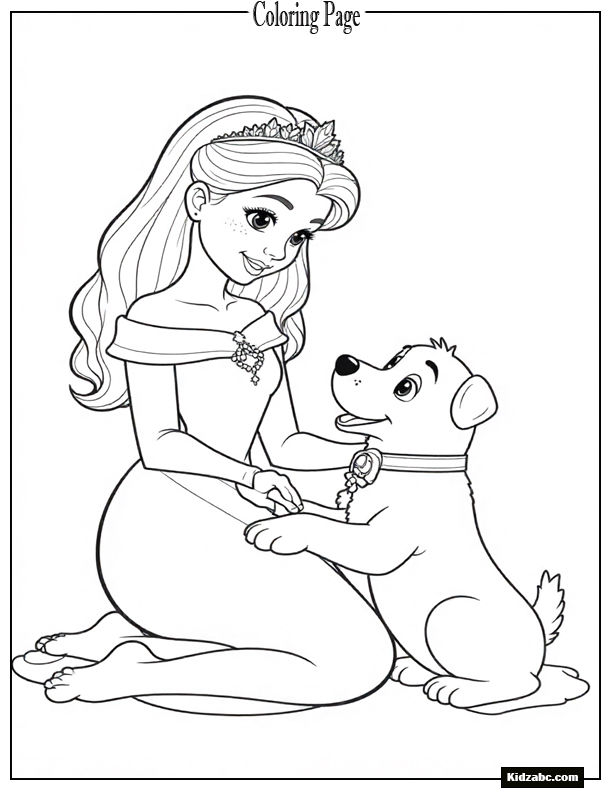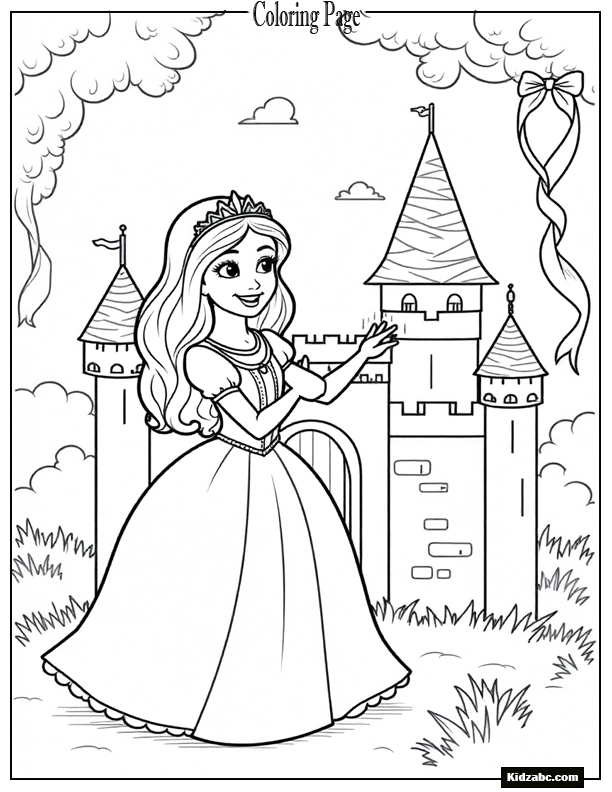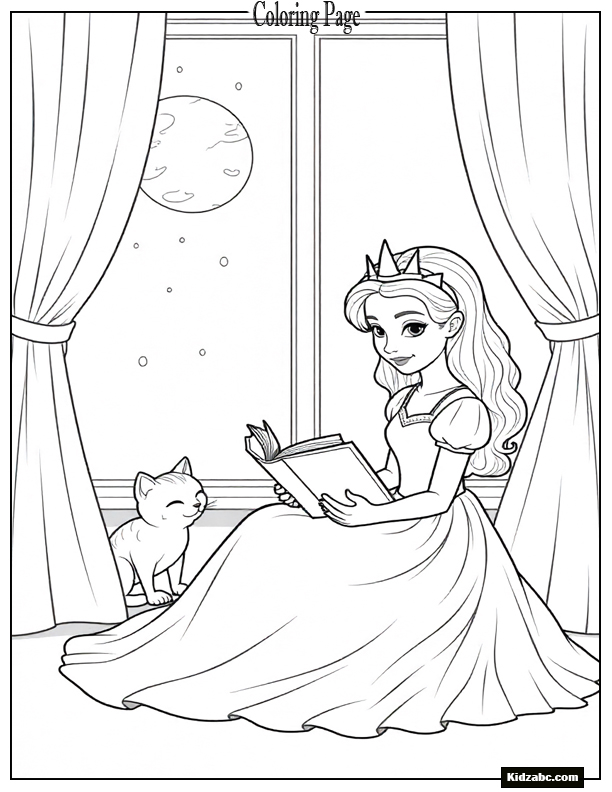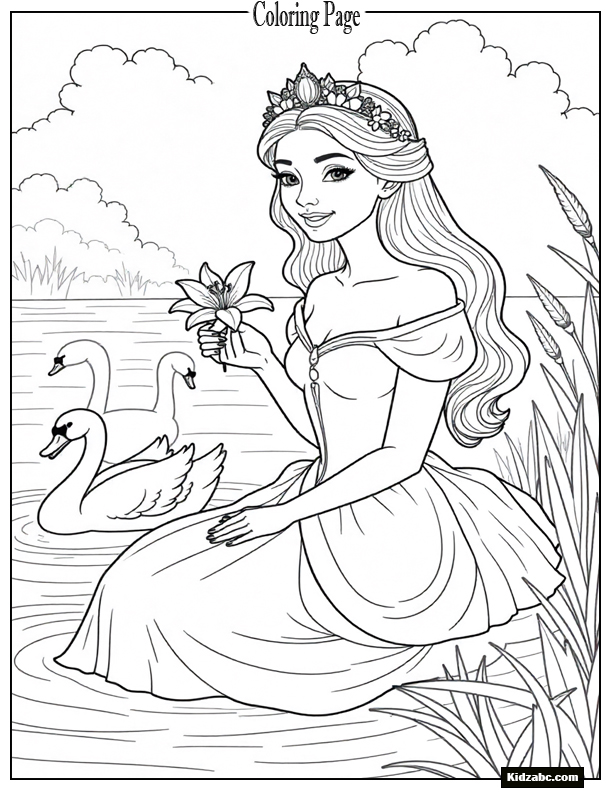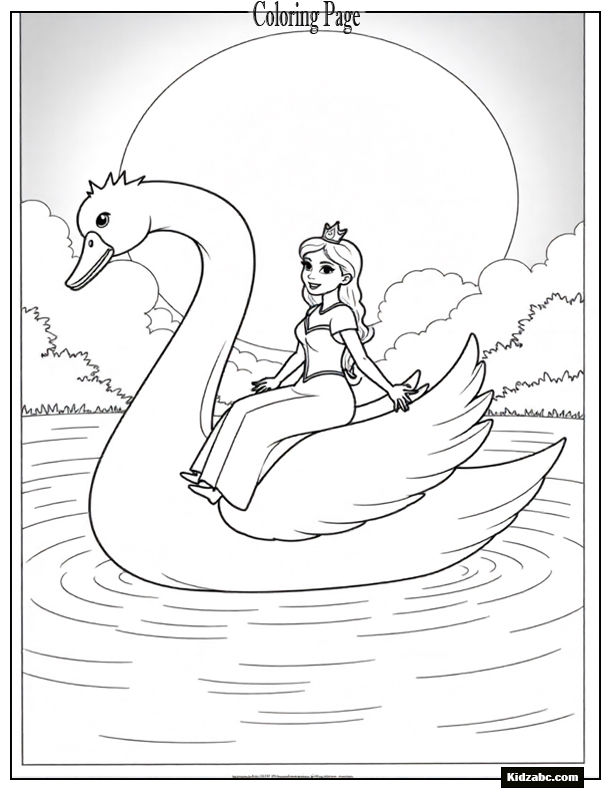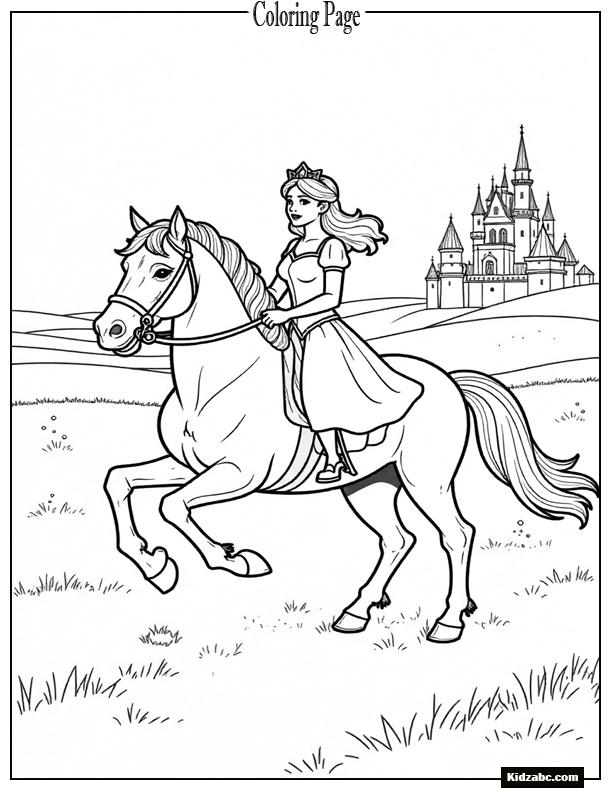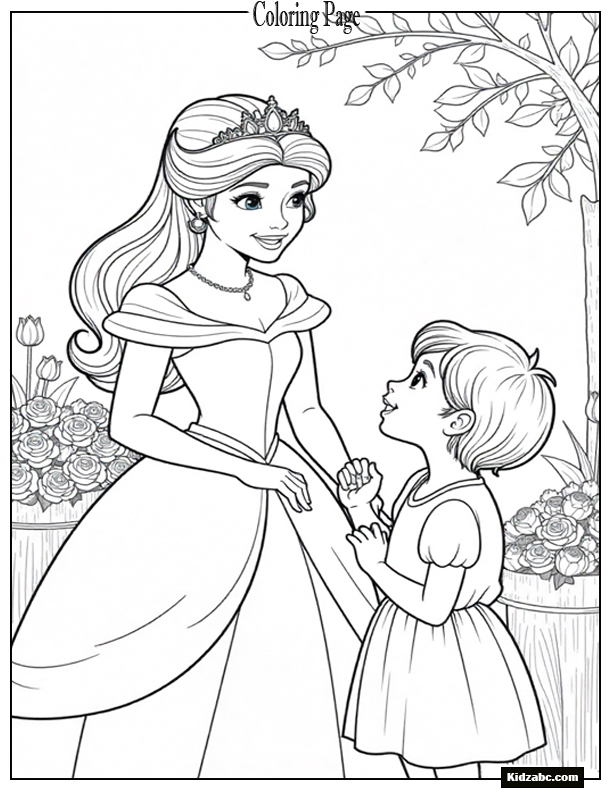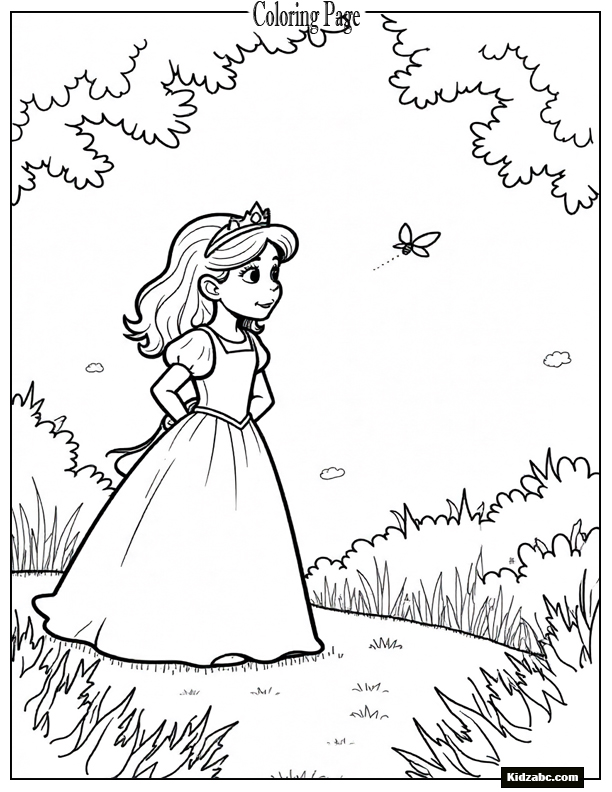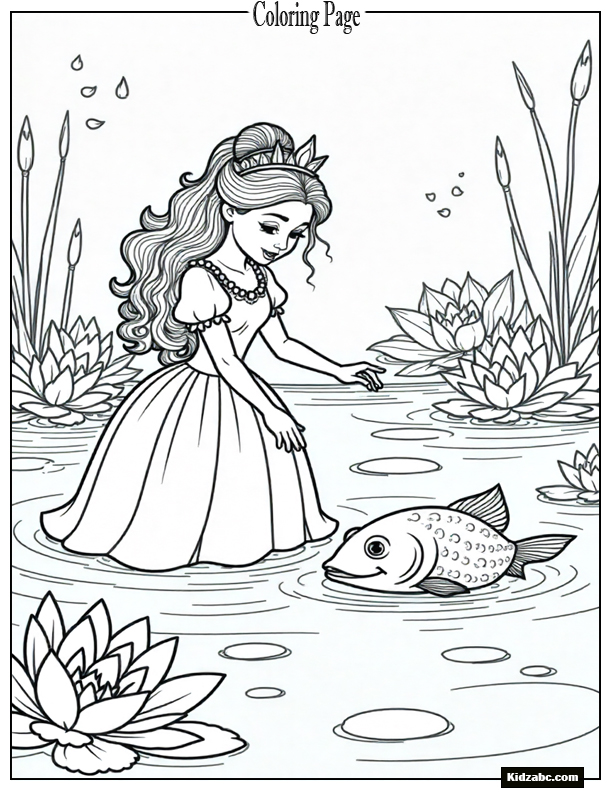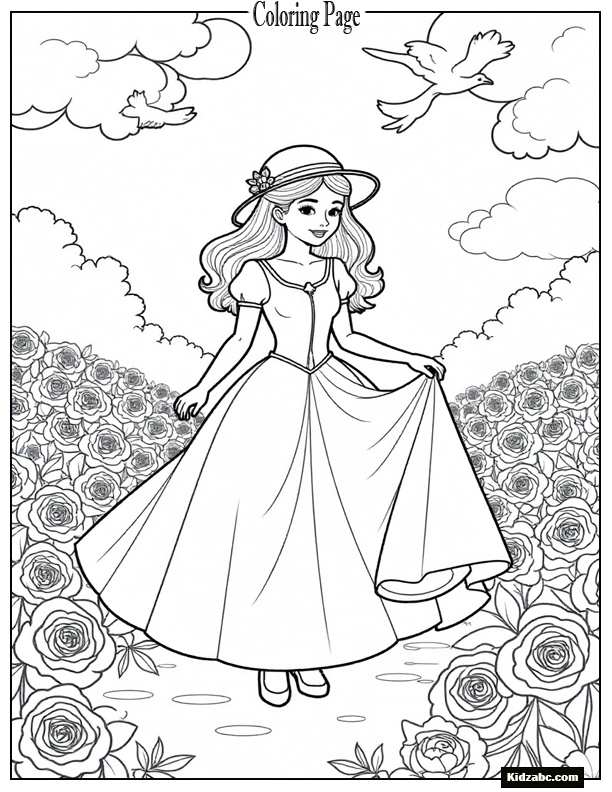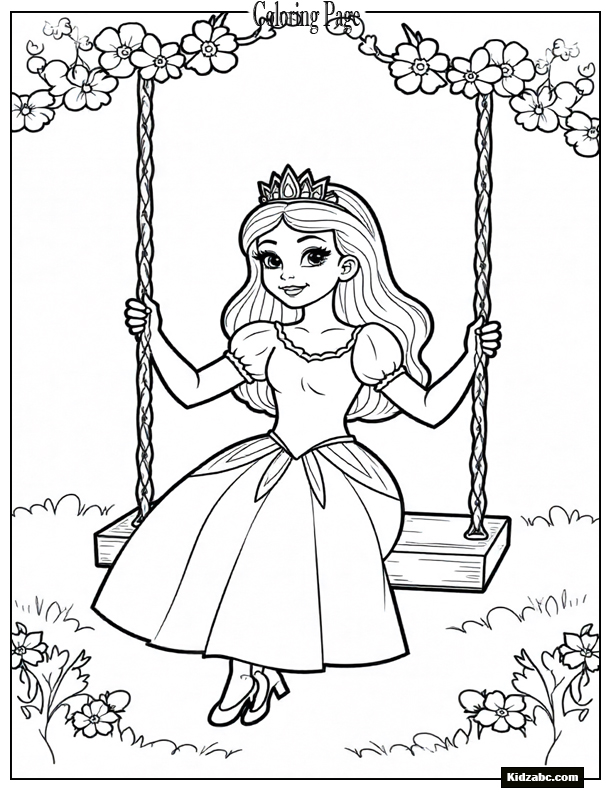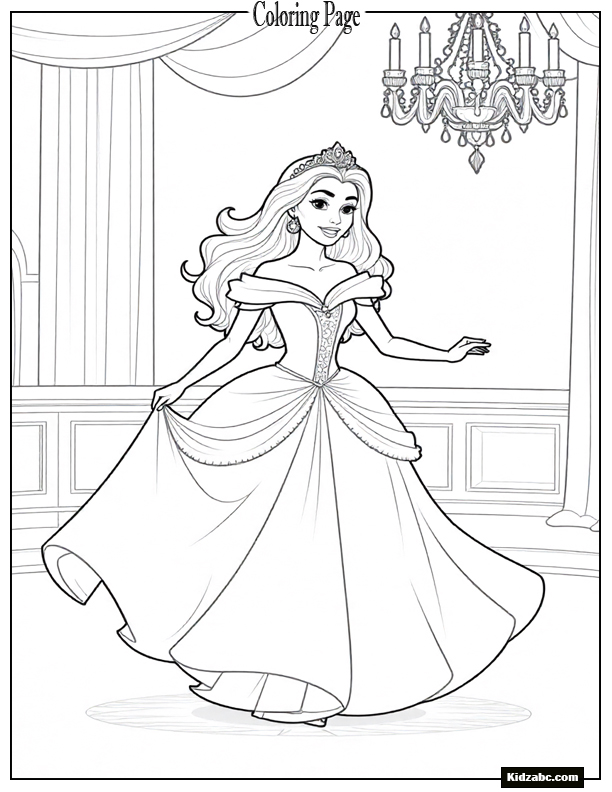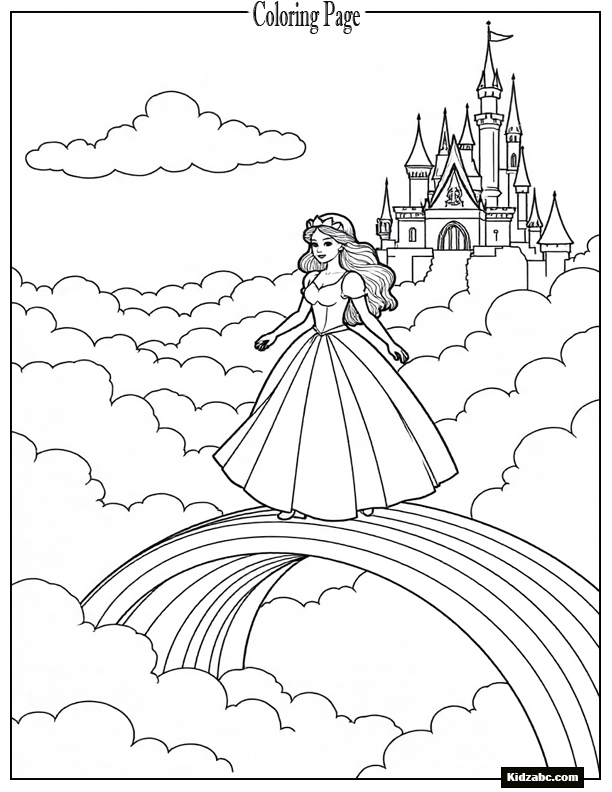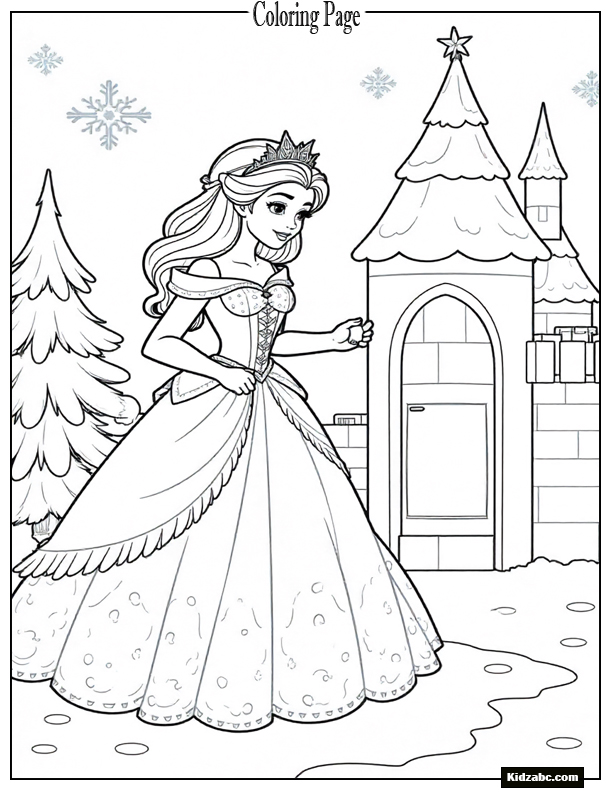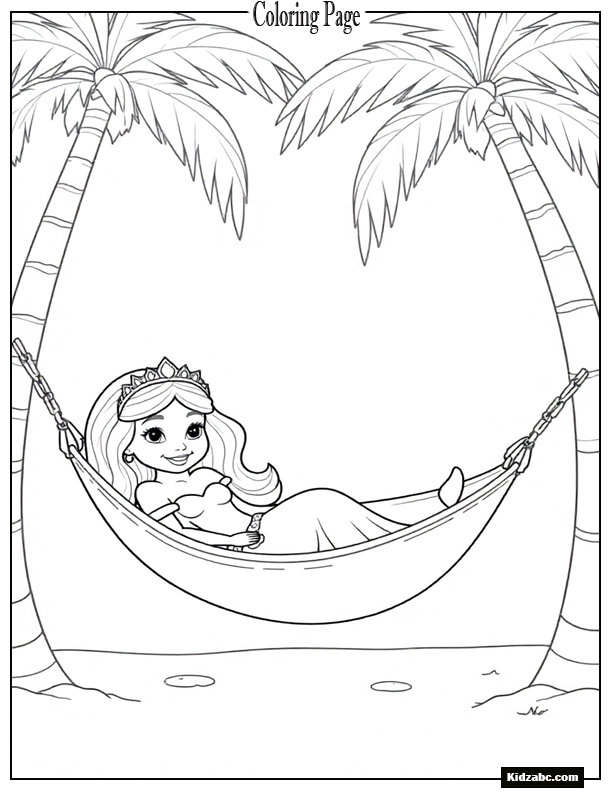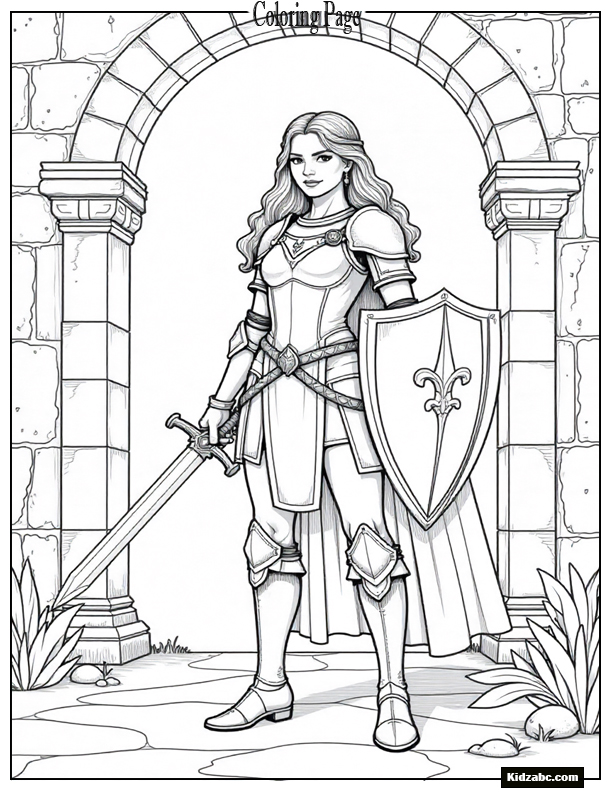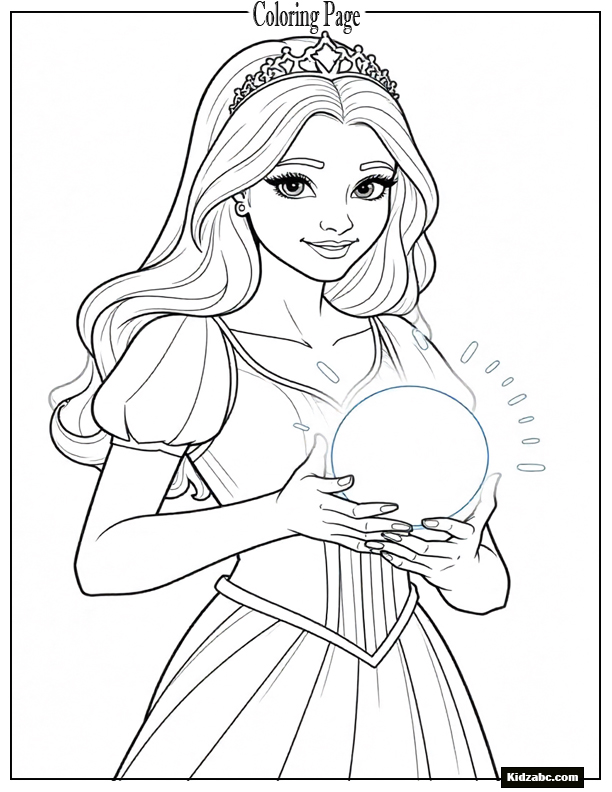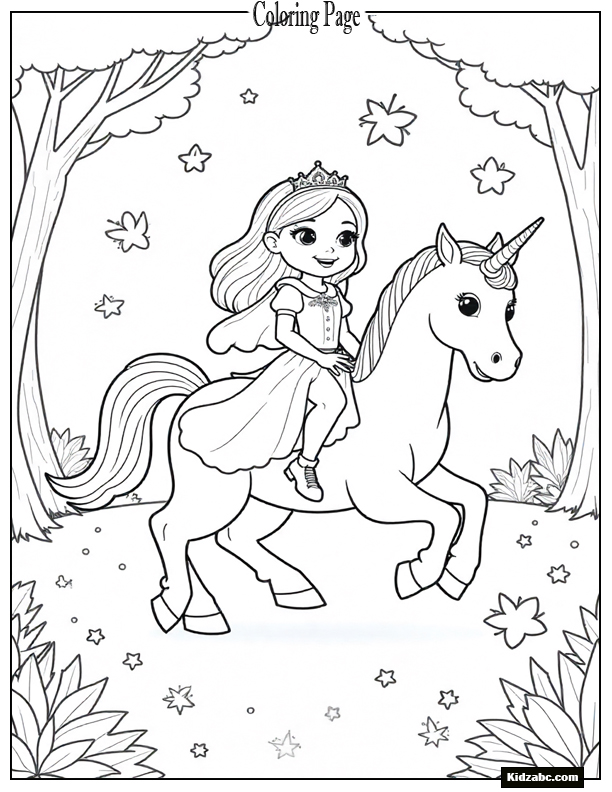Colouring pages featuring princesses captivate children’s imaginations, combine fun with learning, and make for a beloved activity at home, in classrooms, and during playdates. Whether it’s little ones tracing crowns or older children shading elaborate gowns, “princess colouring pages” provide a canvas for creativity, fine motor practice, and storytelling. In this guide, we’ll explore everything from why princess colouring pages are so popular, how to choose and use them effectively, tips for parents and educators, and ideas to extend the activity beyond merely colouring. By the end of this post, you’ll have a rich repository of ideas and practical guidance to make princess colouring pages both enjoyable and educational.
Why Princess Colouring Pages Are So Appealing
1. Magical Themes & Storytelling
Princess motifs tap into storytelling impulses—castles, crowns, gowns, royal animals and fantasies. These themes invite children not just to colour, but to imagine: Who is the princess? What’s her kingdom like? How does she help others? The colouring page becomes a springboard for narrative play.
2. Motivation & Engagement
Because princesses are familiar from books, films, toys and dress-up play, kids often feel excited and confident when given a princess image to colour. The sense of “I know her world” helps them engage more fully.
3. Fine Motor & Cognitive Development
Colouring within lines, choosing colours, thinking about contrast and background—all these help refine hand coordination, attention span, and decision-making. Using a princess colouring page adds an additional layer of motivation and purpose.
4. Versatility for Ages & Settings
From simple outlines for toddlers to intricate scenes for older kids, princess colouring pages scale easily. They are suitable at home, in preschool, in primary classrooms, or at parties.
5. Cross-Curriculum Potential
Beyond art time, colouring pages can link to literacy (write a short story about the princess), social-emotional (what does the princess feel?), or even maths (count the stars on her dress) – making them more than just colouring.
Choosing the Right Princess Colouring Pages: What to Consider
When selecting or creating princess colouring pages, here are key factors to keep in mind:
A) Complexity by Age
- For younger children (ages 2-5): Large, simple outlines, minimal fine detail. Big shapes, easy to colour.
- For ages 6-9: More detail, backgrounds, accessories (castle, pets, carriage).
- For ages 10+: Intricate scenes with patterns, shading suggestions, maybe multiple characters.
B) Diversity & Representation
Make sure your princess set is inclusive: different hair colours, skin tones, dress styles, and cultural motifs. Offering diversity helps children see themselves and broadens their imaginative horizons.
C) Educational Value
Choose pages with opportunities: e.g., dress the princess in seasonal attire, ask the child to design a new outfit, or include numbers/letters in the design. Pages that invite extra interaction or thought add value.
D) Permission & Rights (Copyright-Free)
Since you specified you want copyright-free content, ensure the colouring pages are either in the public domain, under a free licence (e.g., CC0), or are original art you’ve created. This ensures your site remains compliant and trusted.
E) Printable Format & Quality
High-resolution outlines, clean lines, preferably vector or high-dpi PDF/PNG. A good printer and ink-friendly design matter, especially if parents print the pages at home.
F) Format & Accessibility
Offer the pages in multiple formats (printable black-and-white, digital colour version, blank for tracing). Consider accessibility: if children have fine motor challenges, pages with thicker lines might help.
How to Use Princess Colouring Pages Effectively
1. Print & Set Up
- Use A4 or letter-size paper.
- Provide a variety of colouring tools: crayons, coloured pencils, markers, glitter pens.
- Choose a comfortable workstation with proper lighting and minimal distractions.
2. Introduce the Scene
Before handing the page to the child, talk about what they see: “Here’s Princess Ariella in her garden. What’s she doing? What colour do you think her gown might be?” This primes imagination.
3. Encourage Colour Exploration - Suggest but don’t dictate: “You could use pink, but maybe try teal or gold for fun!”
- Ask questions: “What colour would the castle be? Why?”
This encourages decision-making and creativity rather than simply “stay inside the lines”.
4. Extend the Activity - After colouring, invite the child to tell a story about the princess: what’s her name? Where does she live? Who are her friends?
- Use the colouring page as a prompt: perhaps ask them to draw the princess’s pet or design a new scene.
- For older kids: ask them to shade or add texture (e.g., sparkles on the gown, bricks on the castle).
5. Display & Celebrate
Once finished, make a display wall or a digital gallery of their coloured princesses. Celebrate their work by asking them to name their favourite part, or perhaps ask what they might do differently next time.
6. Recycle & Rotate
Offer new pages regularly and rotate complexity. Reuse older pages by asking children to recolour them with a different palette or add more detail—this reinforces skills and keeps engagement high.
Creative Extensions & Thematic Ideas
To deepen the educational or imaginative value, here are themes and extensions you can integrate:
- Seasons & Holidays: A princess in winter snow, in spring blossoms, wearing a Halloween costume, etc.
- Cultures & Royal Traditions: A princess from an African kingdom, a princess in traditional Indian attire, a princess in a Scandinavian forest—teaching cultural awareness.
- Roles & Jobs: Show a princess who’s a scientist inventor, a princess who is a gardener, a princess who leads a rescue mission—challenging the stereotype of passive royalty.
- Story-Based Series: Create colouring pages that follow a narrative: Scene 1: The Princess receives a map. Scene 2: She explores the forest. Scene 3: She finds the hidden gem. Scene 4: She returns home triumphant. Kids colour each scene and then narrate the story.
- Math & Literacy Integration: Ask children to count how many stars are on the dress, or to write a short paragraph about what the princess sees from her castle window.
- Mix & Match Designs: Offer separate pages for dress outlines, accessories, backgrounds; let children mix parts to design their own unique princess and then colour it.
- Digital Colouring Option: For tablets or computers, provide a downloadable PDF/PNG that children can colour digitally (with apps). It caters to different preferences and keeps your site modern.
Benefits for Parents, Educators & Children
For children:
- Boosts creativity, imagination and self-expression.
- Practises fine motor control and hand–eye coordination.
- Builds focus, patience and a sense of achievement when they complete a page.
- Allows emotional expression: how will the princess feel? Sad, joyful, brave? Colouring offers a safe space for feelings.
For parents:
- A calm, screen-free activity that can occupy children while you focus on other tasks.
- A chance to connect: colour together, talk about what the child is creating.
- An inexpensive resource: free or low-cost printable pages eliminate the need for elaborate toys.
- Opportunity to observe developmental progress: note finer lines, more complex colouring, choice of colours.
For educators:
- Ready-to-use resource in early years classrooms for art time, free-choice centres, or transitions.
- Cross-curriculum links: language (storytelling), maths (counting), social studies (princess from another land).
- Differentiation: offer the same theme but varying complexity (easy outline vs detailed page) for mixed-ability groups.
- Home-link: send printable pages home to reinforce learning and engage families.
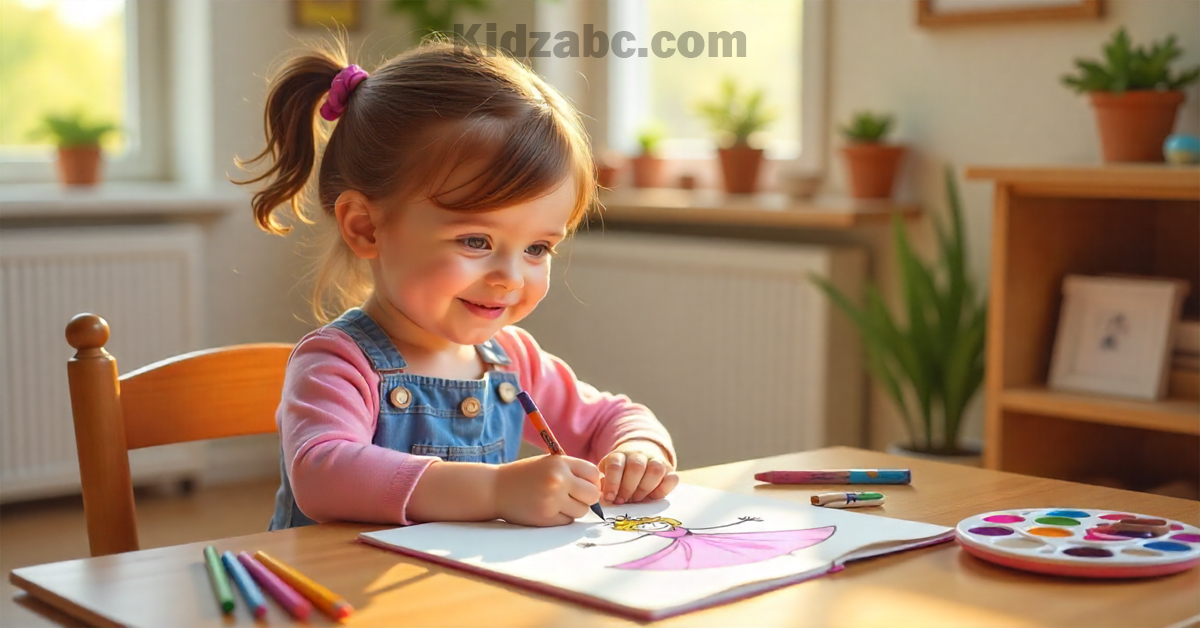
FAQs (Frequently Asked Questions)
Q 1: Are princess colouring pages only for girls?
Not at all! While traditionally linked to girls, any child—boy or girl—can enjoy princess themes. The key is offering empowering, inclusive images. Many children enjoy imaginative play of royalty or fantasy regardless of gender. Encouraging all children to colour and tell stories fosters creativity.
Q 2: Can I use these colouring pages for commercial purposes?
That depends on the licence. If a colouring page is labelled “copyright free” (for example, CC0) or you have purchased/licensed the rights, you may use it commercially, but always check the terms. If you plan to sell or include the pages in a product for resale, you need clear permissions. For your blog, offering printable pages for free download can be a safe route if you ensure the sources are legitimate.
Q 3: How do I keep children from colouring only one way (e.g., pink dresses, blonde hair)?
Offer colour-challenge prompts: “Colour the princess with a rainbow gown!”, or “What if her hair was green like leaves?” Provide sample palettes of unexpected colours and encourage mixing. Also show diverse examples: varying skin tones, hair styles, dress colours—celebrating creativity over “expected” looks.
Q 4: What if children scribble outside the lines or change the image?
That’s perfectly fine—celebrate it. Scribbles are part of the process of mastery. Allow free colouring, then gradually introduce pages with more defined outlines if the child is ready. Encourage them: “You chose blue trees—what an idea!” and use this to foster confidence.
Q 5: Can I make my own princess colouring pages?
Yes! If you can draw or have access to original art, making your own ensures uniqueness, full rights, and an exact fit for your audience. Use simple outlines for younger kids, and more detailed line art for older ones. Then scan or digitise in high resolution and offer printable versions. Custom-made pages also allow branding (your site logo) and themed series aligned with your content.
Conclusion
Princess colouring pages are more than just a colouring sheet—they are portals to imagination, tools for learning, and chances for connection between children, parents, and educators. By selecting high-quality, inclusive, well-designed pages, integrating thoughtful prompts and story extensions, and delivering them in a friendly, accessible format, you can turn a simple colouring activity into a rich experience. For your site, these resources can build loyalty, encourage repeat visits, support sharing (parents love downloadable freebies), and boost your topical authority in the colouring-and-kids-space.
Remember: the best content is made for people first—kids and their grown-ups—then optimised for search engines. By focusing on genuine value, clear usability, and originality, your site can flourish.

